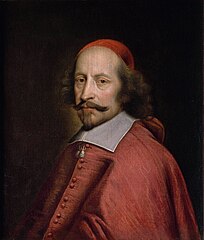CyrilVladisla
Imperial Majesty
- Joined
- Dec 2, 2013
- Messages
- 12,114
- City
- Conneaut
- Country
- United States
James II (1633-1701) was King of England and Ireland as James II and King of Scotland as James VII from February 6, 1685 until 1688.
King James II received a bribe from the French around 1685.
http://www.alamy.com/stock-photo-ki...be-from-the-french-around-1685-106797855.html
King James II received a bribe from the French around 1685.
http://www.alamy.com/stock-photo-ki...be-from-the-french-around-1685-106797855.html




